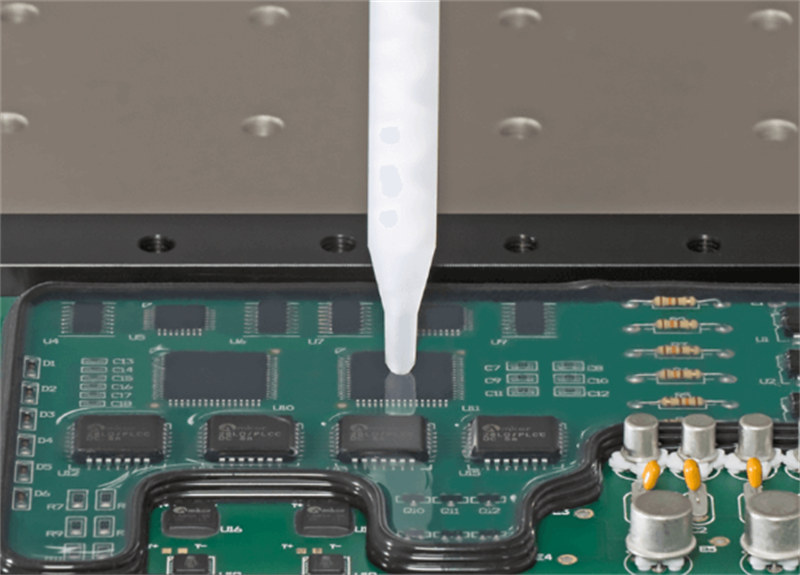Epoxy adhesive
What are the differences between epoxy resin adhesive and polyurethane adhesive?
Epoxy resin adhesive and polyurethane adhesive are two commonly used types of adhesives with distinct characteristics and applications. Understanding the differences between these two adhesive types can help in choosing the right adhesive for specific bonding requirements.
1. Chemical Composition:
- Epoxy resin adhesive: Epoxy resin adhesive consists of two components - epoxy resin (component A) and a hardener (component B). When these two components are mixed together, they undergo a chemical reaction called curing, resulting in a strong and durable bond.
- Polyurethane adhesive: Polyurethane adhesive is a type of adhesive that is based on polyurethane polymers. It typically consists of a polyol component and an isocyanate component. When these components react, they form a strong and flexible bond.
2. Bonding Strength:
- Epoxy resin adhesive: Epoxy resin adhesive offers high bonding strength, providing a strong and reliable bond between various materials. It is known for its excellent adhesion to different substrates, including metals, plastics, ceramics, and composites.
- Polyurethane adhesive: Polyurethane adhesive also offers high bonding strength and provides a strong bond between various materials. It is commonly used for bonding materials that require flexibility and impact resistance.
3. Flexibility and Elasticity:
- Epoxy resin adhesive: Epoxy resin adhesive is rigid and offers little flexibility once cured. It provides a rigid bond that is resistant to deformation.
- Polyurethane adhesive: Polyurethane adhesive is flexible and exhibits good elasticity. It can withstand movement and deformation without losing its adhesive properties. This makes it suitable for bonding materials that experience dynamic loads or vibrations.

4. Moisture Resistance:
- Epoxy resin adhesive: Epoxy resin adhesive is generally not highly resistant to moisture. It may degrade or lose its adhesive properties when exposed to prolonged moisture or water immersion.
- Polyurethane adhesive: Polyurethane adhesive offers excellent moisture resistance and is often used for applications where the adhesive needs to withstand exposure to water or moisture.
5. Cure Time:
- Epoxy resin adhesive: Epoxy resin adhesive typically has a longer cure time compared to polyurethane adhesive. It requires sufficient time to fully cure and achieve its maximum strength.
- Polyurethane adhesive: Polyurethane adhesive generally has a faster cure time compared to epoxy resin adhesive. It can cure quickly, allowing for faster assembly and production processes.
Guangdong Huachuang Electronic Materials Co., Ltd. is a professional adhesive research and development and production enterprise located in Guangdong Province, China. With factories in Guangdong Province, Hunan Province, and Jiangsu Province, China, the company specializes in the formulation and production of various adhesive products, including epoxy resin adhesive and polyurethane adhesive. Their adhesive solutions are known for their high quality, reliability, and performance, meeting the diverse bonding requirements of different industries. With a commitment to research and development, production excellence, and customer support, Guangdong Huachuang Electronic Materials Co., Ltd. has established itself as a trusted choice for adhesive solutions in the market.
related articles
- What are the characteristics of epoxy structural adhesive cured in 5 minutes?
- Is epoxy structural adhesive AB adhesive?
- What are the differences between epoxy structural adhesive and epoxy AB adhesive?
- What is the reason for the non curing of epoxy resin structural adhesive?
- Application of epoxy resin structural adhesive in the electronics industry?
- Which adhesive has the strongest adhesion between epoxy resin structural adhesive and AB adhesive?
- Can epoxy resin structural adhesive withstand high temperatures?
- What are the main applications of epoxy resin structural adhesive?



Post comments